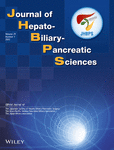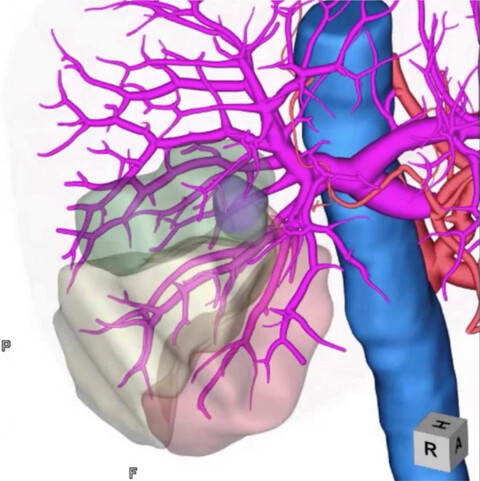Journal list menu
Export Citations
Download PDFs
ISSUE INFORMATION
EDITORIAL
Precision anatomy for minimally invasive hepatobiliary pancreatic surgery: PAM-HBP Surgery Project
- Pages: 1-3
- First Published: 15 December 2020
CONSENSUS STATEMENT
The Tokyo 2020 terminology of liver anatomy and resections: Updates of the Brisbane 2000 system
- Pages: 6-15
- First Published: 06 December 2021
Expert Consensus Guidelines: How to safely perform minimally invasive anatomic liver resection
- Pages: 16-32
- First Published: 15 November 2021
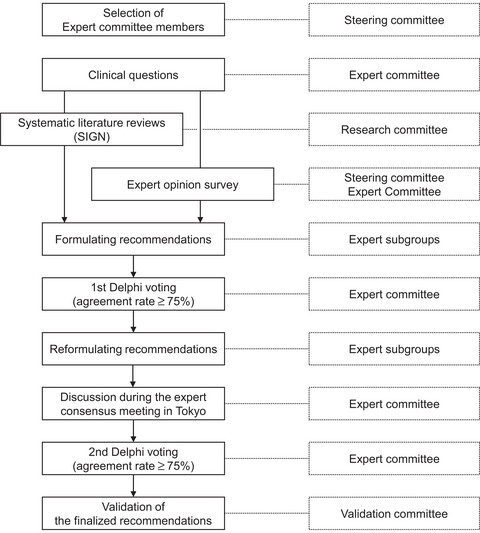
Highlight
Gotohda and colleagues report on the minimally invasive anatomic liver resection recommendations formulated in the Expert Consensus Meeting: PAM-HBP Surgery Project held as a special program during the 32nd meeting of the Japanese Society of Hepato-Biliary-Pancreatic Surgery in February 2021 and finalized after a second Delphi round in May 2021.
Minimally invasive anatomic liver resection: Results of a survey of world experts
- Pages: 33-40
- First Published: 06 December 2021
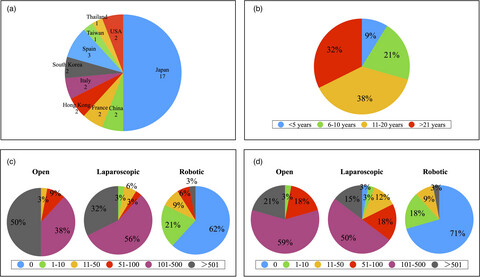
Highlight
Morimoto and colleagues summarized the opinions of the world's minimally invasive anatomic liver resection (MIALR) experts on detailed anatomical knowledge, landmarks, and techniques regarding inflow control and liver parenchymal resection with hepatic vein exposure. Although many challenges remain, these expert opinions will promote the spread and development of safe MIALR.
ORIGINAL ARTICLES
A snapshot of the 2020 conception of anatomic liver resections and their applicability on minimally invasive liver surgery. A preparatory survey for the Expert Consensus Meeting on Precision Anatomy for Minimally Invasive HBP Surgery
- Pages: 41-50
- First Published: 31 March 2021
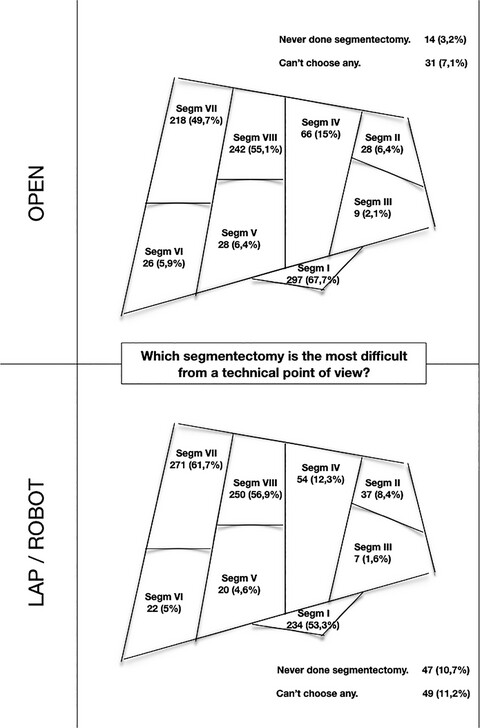
Highlight
Ciria and colleagues conducted a survey to analyze how liver surgeons perform liver resections and to define their conception of anatomic procedures related to minimally invasive liver surgery (MILS). A total of 445 valid answers from 54 countries offer a snapshot of how liver surgery is performed around the world.
Glissonean approach for hepatic inflow control in minimally invasive anatomic liver resection: A systematic review
- Pages: 51-65
- First Published: 02 February 2021
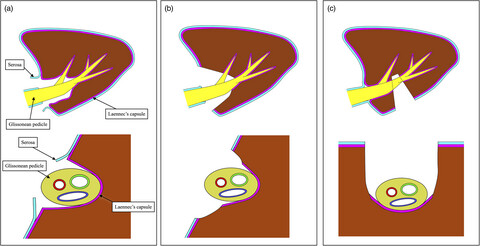
Highlight
Morimoto and colleagues reviewed and summarized the literature focusing on hepatic inflow control in minimally invasive anatomic liver resection (MIALR), with the aim of evaluating the application and outcomes of the Glissonean approach in MIALR. Although different opinions remain, this manuscript provides current evidence on the Glissonean approach in MIALR.
SYSTEMATIC REVIEWS
Landmarks and techniques to perform minimally invasive liver surgery: A systematic review with a focus on hepatic outflow
- Pages: 66-81
- First Published: 21 January 2021
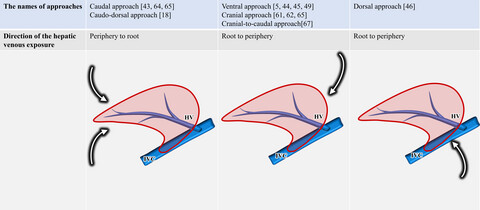
Highlight
This systematic review summarizes and assesses the important anatomy and available surgical techniques for safe performance of minimally invasive anatomic liver resection (MIALR). Of 3372 manuscripts obtained, 59 were selected and reviewed. This review may help experts reach consensus regarding the best approach to manage hepatic veins during MIALR.
Landmarks to identify segmental borders of the liver: A review prepared for PAM-HBP expert consensus meeting 2021
- Pages: 82-98
- First Published: 23 January 2021
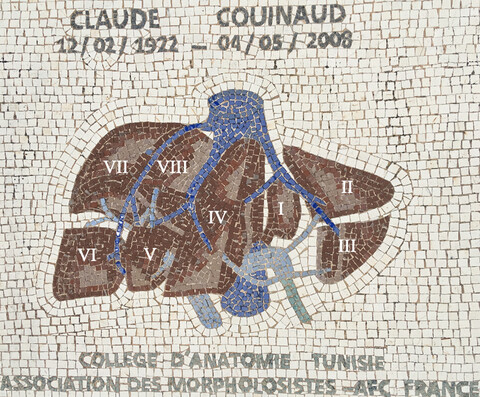
Highlight
In preparation for the Expert Consensus Meeting: PAM-HBP Surgery Project held in February 2021, Wakabayashi and colleagues conducted this systematic review with the aim to analyze the current available evidence regarding surgical anatomy of the liver, focusing on useful landmarks, strategies and technical tools to perform precise anatomic liver resection.
Precision anatomy for safe approach to pancreatoduodenectomy for both open and minimally invasive procedure: A systematic review
- Pages: 99-113
- First Published: 03 February 2021
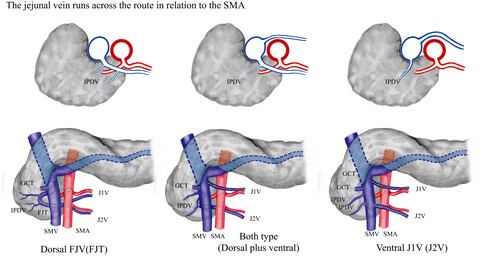
Highlight
Nakata and colleagues conducted a systematic review of articles regarding precise surgical anatomy and its importance for pancreatoduodenectomy. They concluded that only certain variations in surgical anatomy are associated directly with perioperative outcomes, and that identification of these particular variations is important for the safe performance of minimally invasive pancreatoduodenectomy.
Surgical approaches to the superior mesenteric artery during minimally invasive pancreaticoduodenectomy: A systematic review
- Pages: 114-123
- First Published: 01 February 2021
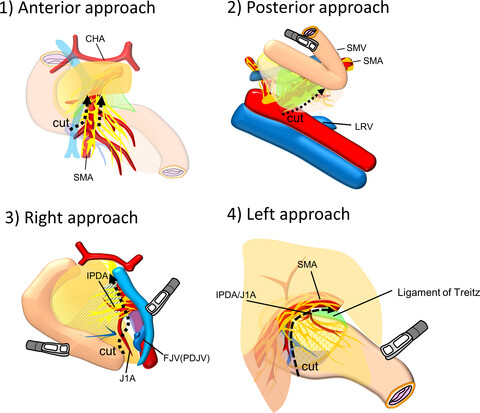
Highlight
In this systematic review, Nagakawa and colleagues summarized the literature describing surgical approaches for minimally invasive pancreaticoduodenectomy. The approaches to dissect around the superior mesenteric artery were classified into four approaches: the anterior approach, posterior approach, right approach, and left approach. The characteristics of each approach were described using illustrations.
CONSENSUS STATEMENT
International expert consensus on precision anatomy for minimally invasive pancreatoduodenectomy: PAM-HBP surgery project
- Pages: 124-135
- First Published: 16 November 2021
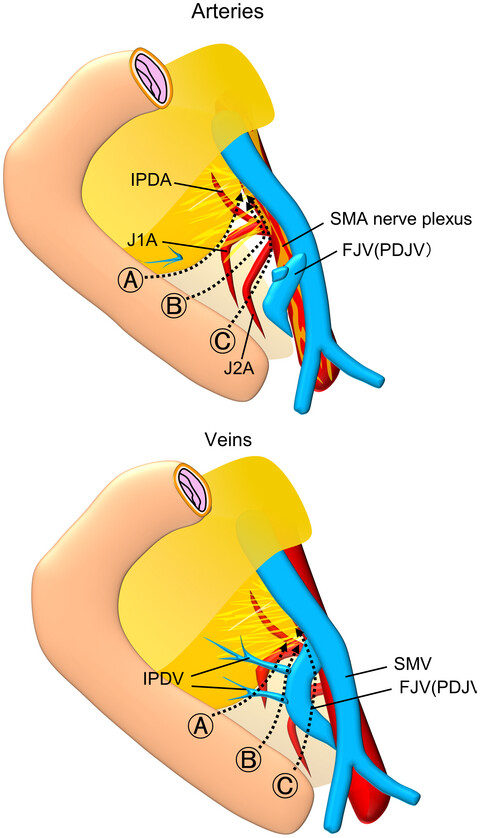
Highlight
Nagakawa and colleagues created consensus guidance regarding the anatomical approaches for minimally invasive pancreatoduodenectomy (MIPD), based on literature reviews and expert opinions, and summarized the anatomical landmarks around the superior mesenteric artery that need to be identified during surgery. This expert consensus will contribute to the safe implementation of MIPD.
SYSTEMATIC REVIEWS
Precision vascular anatomy for minimally invasive distal pancreatectomy: A systematic review
- Pages: 136-150
- First Published: 01 February 2021
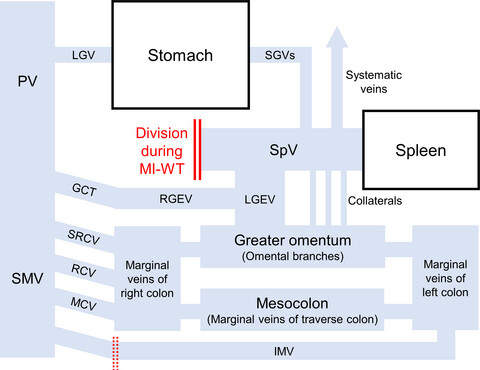
Highlight
Nishino and colleagues summarized the evidence concerning the surgical vascular anatomy related to minimally invasive distal pancreatectomy (MIDP), including the pancreatic parenchymal coverage on the root of the splenic artery and collateral routes perfusing the spleen following Warshaw's technique. Precise knowledge of the peripancreatic vessels is important for safe MIDP.
Surgical approaches for minimally invasive distal pancreatectomy: A systematic review
- Pages: 151-160
- First Published: 01 February 2021
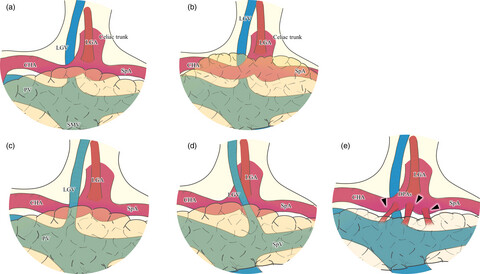
Highlight
In this systematic review, Ban and colleagues summarized the current approaches for safe minimally invasive distal pancreatectomy (MIDP). A standardized approach and precise knowledge of the anatomy facilitates safe surgery and requires a shorter learning curve. Anatomical landmarks are particularly important in cases of radical MIDP and splenic vessel-preserving MIDP.
CONSENSUS STATEMENT
International Expert Consensus on Precision Anatomy for minimally invasive distal pancreatectomy: PAM-HBP Surgery Project
- Pages: 161-173
- First Published: 31 October 2021
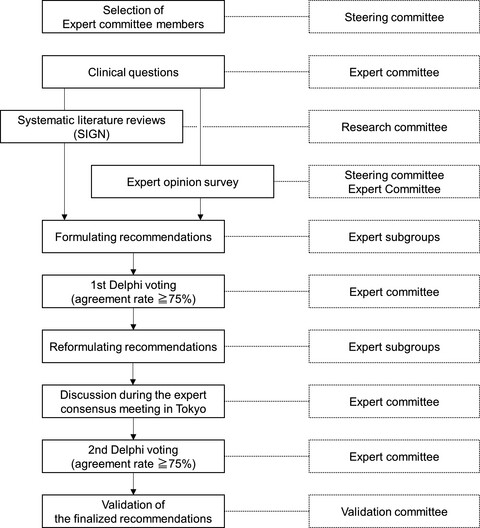
Highlight
Nakamura and colleagues report on the expert consensus on key anatomical landmarks for minimally invasive distal pancreatectomy (MIDP) based on available evidence and expert opinions presented at the Expert Consensus Meeting: PAM-HBP Surgery Project. This consensus will serve as a guide to perform MIDP safely and promote its dissemination worldwide.




